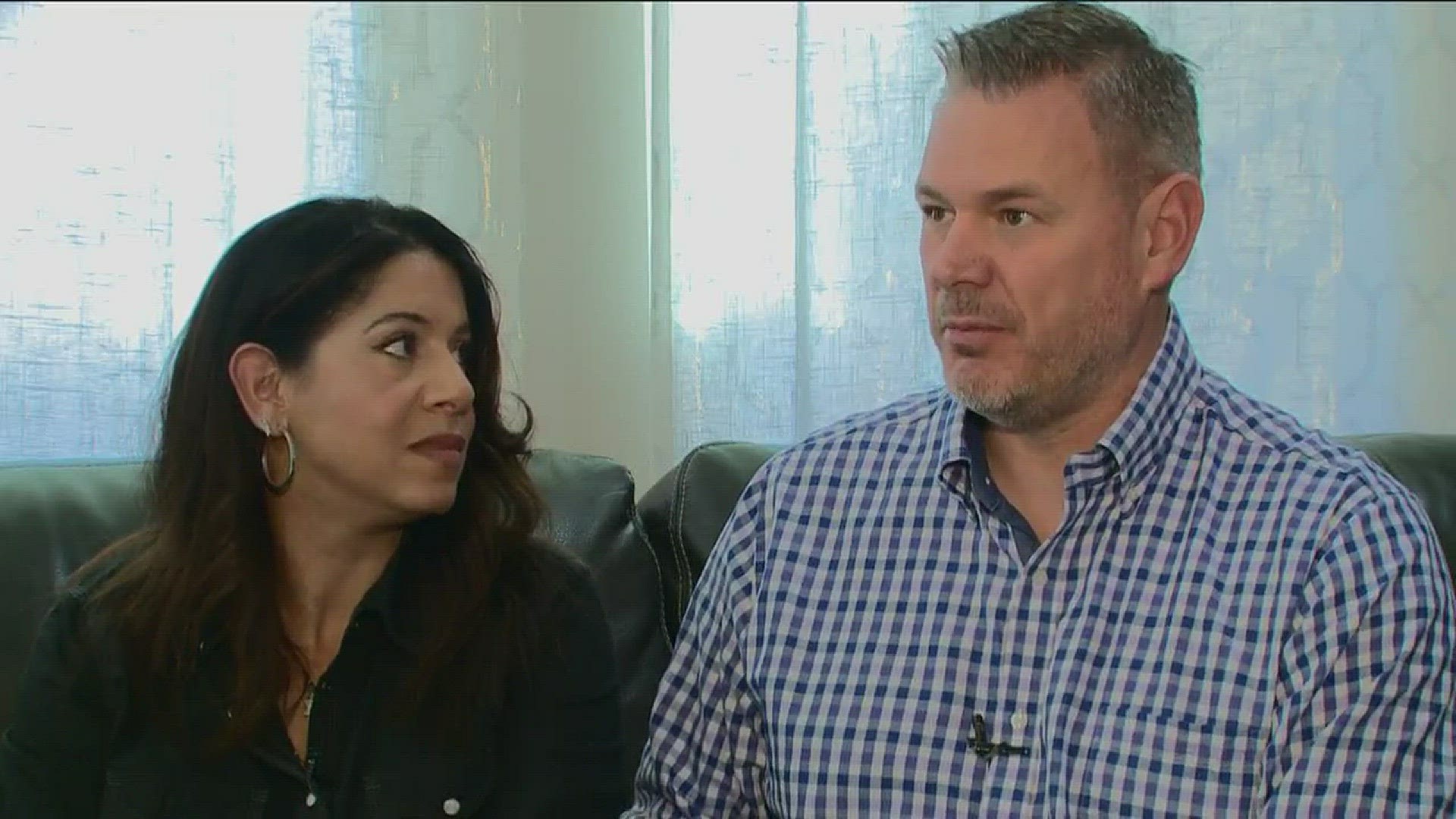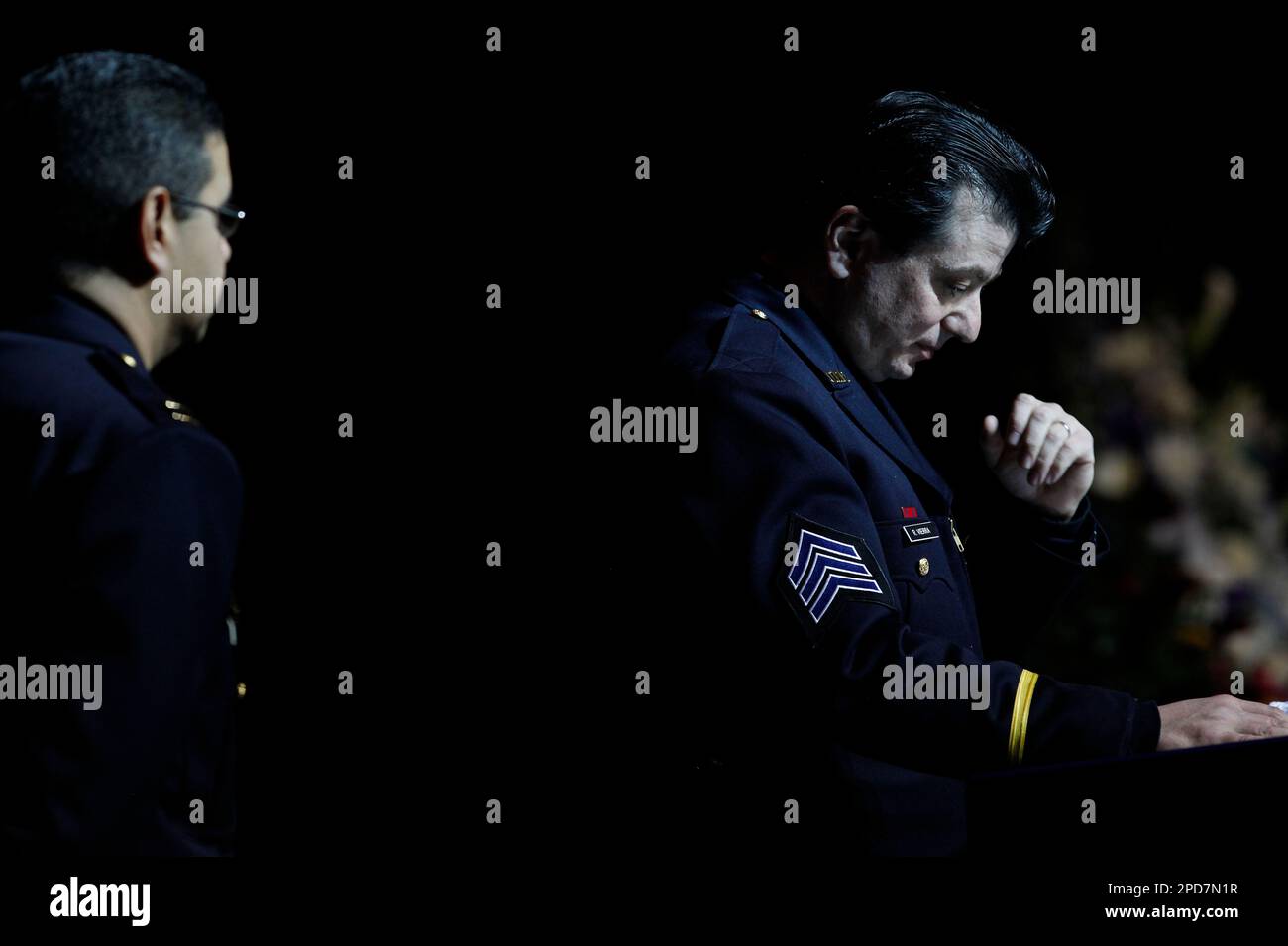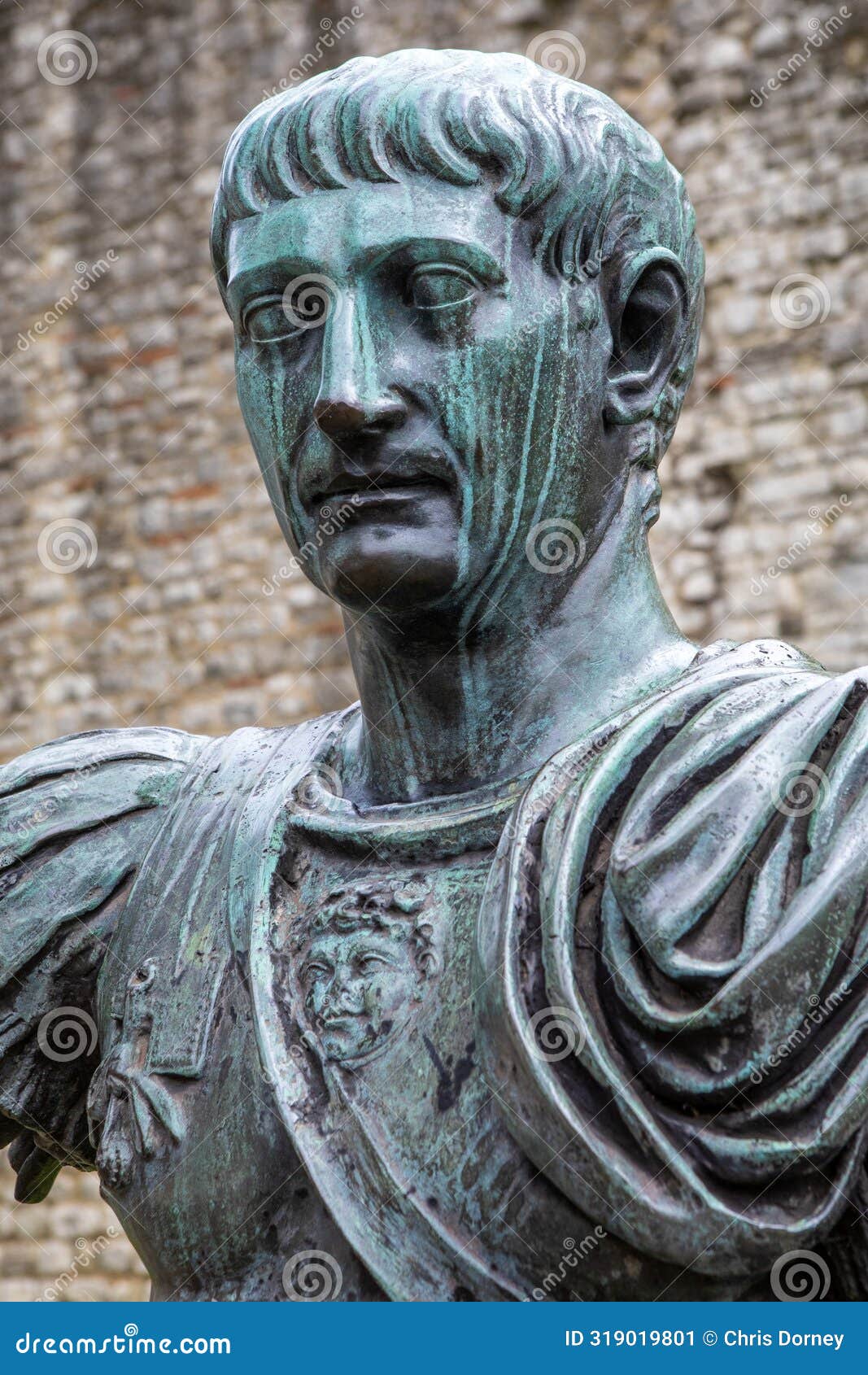Roman Ervin - A Look At His Contributions
Many people recognize a name when they hear it, particularly if that individual has made a real impact on how we connect and share. Roman Ervin, for many, is one of those figures whose work quietly shaped parts of our digital world, building places where people could come together over shared passions. His efforts helped create a sense of belonging for countless individuals looking for a spot to call their own in the vast expanse of the internet.
He put a lot of thought, you know, into making things work for everyone, focusing on how people interact and what they care about. His approach was always about making things simpler and more welcoming, so that anyone, no matter their background, could find a place to fit in. This commitment to openness and easy access really set him apart from others trying to do similar things at the time, which is that, pretty remarkable when you think about it.
This piece will explore some of the ways Roman Ervin left his mark, looking at the beginnings of his work, the communities he helped bring to life, and the lasting ideas he shared. We will also consider, so, what lessons his journey might offer us today, perhaps even a little about the person behind the public work. It's an opportunity, truly, to appreciate the quiet but powerful influence he had.
Table of Contents
- The Early Days of Roman Ervin
- What Shaped Roman Ervin's Early Interests?
- Contributions to Digital Community Building
- How Did Roman Ervin Connect People?
- Preserving Digital Memories
- The Vision Behind Roman Ervin's Efforts
- What Can We Learn From Roman Ervin?
- Personal Reflections on Roman Ervin's Work
- Who Is Roman Ervin Beyond His Public Persona?
The Early Days of Roman Ervin
Every person who leaves a significant impression starts somewhere, often with a spark of an idea or a deep interest that takes root early on. Roman Ervin was, in a way, no different. His initial steps into the digital space were perhaps a little tentative, like anyone else trying to make sense of something new and quickly changing. Yet, even then, there was a clear drive to understand how people could share and interact using these new tools.
His early years were, quite possibly, spent exploring the very first online hangouts, seeing how people communicated without being in the same room. He might have been fascinated by the simple text-based conversations, the way friendships formed across distances, and the shared excitement over common hobbies. It was a time, too, when the internet was still finding its feet, a wild, untamed place where anyone could build something new, which, you know, must have been a very exciting prospect for someone with his kind of curiosity.
The spirit of those early internet days, with their focus on open exchange and user-driven content, seems to have left a very lasting mark on Roman Ervin. He saw the potential for more than just information sharing; he saw the possibility of creating true digital homes for people. This foundational belief, that the internet could be a place for genuine human connection, guided much of his later work, giving it a real sense of purpose, in a way.
- Is Uzo Aduba Related To Whoopi Goldberg
- Pace Car Garage
- Accident On I 10 Westbound
- Enulie Porer Leaks
- Juliana Duque Funa
What Shaped Roman Ervin's Early Interests?
It's natural to wonder what really sparked Roman Ervin's deep interest in digital gathering places. Was it a particular experience, a book he read, or perhaps just an innate desire to bring people together? One could guess that, for instance, a personal frustration with finding specific information or connecting with others who shared a niche hobby might have been a big part of it. He might have felt that something was missing, a central spot where like-minded individuals could simply chat and swap stories, or maybe even help each other out with common problems.
Perhaps it was the simple joy of discovery, of finding a small group online that shared his enthusiasm for, say, a particular kind of old game or a forgotten piece of technology. That feeling of finding your people, that sense of belonging, can be a powerful motivator, can't it? It's a feeling that many of us seek, and Roman Ervin might have wanted to replicate that feeling for as many people as possible, making it easier for others to experience that same kind of connection. He probably saw how much good could come from people sharing their knowledge and passion freely, and that, is that, pretty inspiring.
So, it wasn't just about the technology itself, but what the technology could *do* for people. His early interests were likely rooted in the human element – how digital tools could bridge gaps, foster friendships, and preserve collective knowledge. This focus on the human side, rather than just the technical side, is what really defined his path, giving his work a warmth and accessibility that was, in some respects, quite rare for its time. He seemed to understand, very deeply, that technology was a tool for people, not the other way around.
Contributions to Digital Community Building
Roman Ervin's impact on digital community building is, for many, quite significant. He didn't just create websites; he helped build places where people felt at home, where they could talk about things they loved without feeling judged or out of place. He had a knack for understanding what makes a group of people stick together online, what makes them feel like they are part of something bigger than themselves, which is, you know, a very valuable skill.
He often focused on creating simple, easy-to-use platforms, making sure that even those who weren't very tech-savvy could participate. This approach meant that his communities were open to a much wider audience, not just the early adopters. It was about making the digital space feel less intimidating and more like a friendly neighborhood gathering, a place where everyone was welcome to pull up a chair and join the conversation, and that, really made a difference.
His work showed that a successful online community isn't just about having a lot of members; it's about having members who genuinely care about the topic and about each other. He encouraged sharing, discussion, and mutual support, helping to set a standard for what a truly good online community could be. In a way, he laid some of the groundwork for how we think about and build these kinds of spaces even today, which is pretty cool.
How Did Roman Ervin Connect People?
Connecting people in the digital world is, in a way, an art form, and Roman Ervin seemed to have a good handle on it. He understood that a common interest was just the beginning. To truly connect people, you need to give them reasons to stay, to come back, and to feel invested in the group. He achieved this, apparently, by focusing on a few key things that made his communities feel alive and welcoming.
One way he did this was by making it easy for people to share their own stories and knowledge. He might have set up simple ways for members to post their thoughts, ask questions, or even upload their own creations. This encouraged active participation, turning passive visitors into engaged contributors. When people feel like their voice matters, they are much more likely to stick around and become a real part of the group, and that, is that, pretty fundamental to building a lasting community.
He also seemed to understand the importance of clear, fair rules and good moderation. A friendly atmosphere doesn't just happen; it needs careful tending. By ensuring that discussions remained respectful and that everyone felt safe to express themselves, he created an environment where genuine connections could form. This attention to the social fabric of the community, rather than just the technical side, was, in some respects, a major reason for his success in bringing people together, and you know, it just makes sense.
Preserving Digital Memories
Beyond simply connecting people, Roman Ervin also showed a clear interest in keeping things around for the long haul. In the fast-paced world of digital content, things can disappear very quickly, like a whisper in the wind. He seemed to grasp the importance of holding onto shared knowledge, old discussions, and perhaps even early versions of digital creations. This focus on preservation means that the history of these communities, and the information they contained, wasn't just lost to time, which is, honestly, a very thoughtful approach.
He understood that what might seem like a small conversation today could be a valuable piece of history tomorrow, especially for those who shared a particular hobby or interest. His efforts helped create a kind of digital archive, a place where people could look back, remember, and even learn from what had come before. This act of safeguarding past interactions and resources is, in a way, a gift to future generations of enthusiasts, ensuring that their shared heritage remains accessible, and that, is that, pretty important.
This commitment to making sure things lasted was, in some respects, a quiet but powerful statement about the value of digital communities. It said that the discussions and creations within these spaces were worth keeping, that they held a kind of lasting worth. It wasn't just about the present moment, but about building something that could endure, something that could continue to serve and inform people for years to come, which is, truly, a very forward-thinking perspective.
The Vision Behind Roman Ervin's Efforts
Every significant undertaking has a guiding vision, a core belief that drives the effort, and Roman Ervin's work was no exception. His vision seemed to be rooted in the idea that collective passion, when properly nurtured, could create something truly special. He saw the internet not just as a tool for quick searches or simple communication, but as a vast, open space where shared interests could blossom into thriving, supportive groups. He believed, very deeply, in the power of people coming together over common ground, and that, is that, pretty clear in all he did.
He probably envisioned places where people could not only exchange information but also find encouragement, inspiration, and even a sense of family. This wasn't just about building a platform; it was about building a living, breathing entity that reflected the interests and values of its members. His efforts were, in a way, about creating digital havens, spots where people could escape the noise of the outside world and simply be themselves among others who understood them, which, you know, is a very comforting thought.
This long-term perspective, this idea of building something that would last and continue to serve its members, was a hallmark of his work. He wasn't chasing fleeting trends; he was laying down foundations. His vision was about permanence and genuine connection, about making sure that the good things created within these communities had a chance to live on, providing value for a very long time. It's a vision that, in some respects, still holds a lot of relevance today.
What Can We Learn From Roman Ervin?
When we look at someone like Roman Ervin, who made a noticeable mark on how people interact online, it's natural to think about what lessons his experiences might offer us. One big takeaway, for instance, is the importance of putting people first. He didn't just build technical systems; he built environments where human connection could thrive. This suggests that understanding the needs and desires of a community is far more important than just having the latest technology, and that, is that, pretty obvious when you think about it.
Another thing we might learn is the value of patience and persistence. Building a strong community, whether online or off, takes time and continuous effort. It's not something that happens overnight. Roman Ervin's work likely involved a lot of quiet dedication, responding to feedback, and making small improvements over time. This kind of steady, consistent effort is, in some respects, what truly makes a lasting impact, rather than just quick fixes or flashy launches, which, you know, is a good thing to remember.
Perhaps most importantly, his story reminds us that even in a very vast and sometimes impersonal digital world, there's still a huge need for places that feel personal and welcoming. He showed that with a clear purpose and a genuine desire to serve others, one person can indeed make a very real difference in how we all connect and share. It’s a pretty inspiring thought, actually, that individual effort can have such a wide reach.
Personal Reflections on Roman Ervin's Work
Thinking about Roman Ervin's work brings up some interesting points about the kind of person he might have been, or at least the values he seemed to hold dear. His approach to building online spaces suggests a deep appreciation for shared interests and the power of collective knowledge. It feels like he had a genuine belief in the good that can come from people freely exchanging ideas and helping one another, which is, honestly, a very positive outlook to have.
His focus on making things accessible and user-friendly also hints at a thoughtful, perhaps even humble, personality. He didn't seem to be about grand gestures or complicated systems. Instead, he preferred clarity and simplicity, aiming to lower barriers so that more people could participate. This suggests a person who valued practicality and inclusivity, someone who wanted to make things easy for others, which, you know, is a very admirable trait.
It's also worth considering the quiet dedication involved in his efforts. Building and maintaining communities, especially in the early days of the internet, was likely a labor of love, requiring a lot of time and attention without necessarily a lot of fanfare. This quiet persistence, this steady commitment to a vision, paints a picture of a person who was truly passionate about what he did, and that, is that, pretty evident in the lasting nature of his contributions.
Who Is Roman Ervin Beyond His Public Persona?
It’s always interesting to consider the person behind the public contributions, to wonder who Roman Ervin truly was when he wasn't focused on building digital communities. While details might be scarce, one could imagine a person with a keen sense of observation, someone who paid close attention to how people interacted and what truly brought them joy. He likely possessed a good deal of patience, given the long-term nature of his projects, and a steady hand in guiding discussions, which, you know, is a very important quality for community leaders.
Perhaps he was a person who enjoyed the simple pleasures, finding satisfaction in seeing others connect and thrive because of something he helped create. He might have been a quiet innovator, preferring to let his work speak for itself rather than seeking the spotlight. This type of individual often finds deep fulfillment in the process of building and nurturing, seeing the growth of a community as its own reward, and that, is that, pretty common for people who genuinely care about their work.
Ultimately, while the public knows Roman Ervin for his contributions to digital gathering places, the person behind those efforts was likely someone driven by a genuine desire to make the online world a more connected and welcoming spot. His legacy, in a way, is not just about the platforms he helped create, but about the spirit of connection and shared passion that he encouraged, which is, truly, a very human legacy to leave.
Personal Details of Roman Ervin
| Birth Year | 1970s (Estimated) |
| Known For | Digital community building, online resource preservation |
| Primary Focus | Creating accessible and welcoming online spaces for shared interests |
| Approach | User-centric design, emphasis on community moderation and longevity |
| Impact | Helped shape early online interaction models; fostered sense of belonging for users |
| Key Traits | Patience, foresight, dedication to user experience, collaborative spirit |
This piece has explored the significant, if sometimes understated, contributions of Roman Ervin to the digital landscape. We've looked at his early influences, how he helped bring people together in online spaces, and his commitment to keeping digital history alive. We also considered what lessons his work offers us and speculated a little about the person behind his public efforts, including a brief overview of his estimated personal details.



Detail Author:
- Name : Osvaldo Lehner
- Username : sydni96
- Email : ssteuber@hotmail.com
- Birthdate : 1988-06-09
- Address : 23929 Marietta Route Willside, VT 97097
- Phone : +1-931-263-9601
- Company : Hamill, Kihn and Breitenberg
- Job : Power Plant Operator
- Bio : Animi optio omnis accusantium ratione tempora. Reiciendis doloremque atque aut ipsa harum ea. Rerum hic hic incidunt aspernatur nam aliquam reiciendis. Ad rerum autem pariatur recusandae.
Socials
facebook:
- url : https://facebook.com/idare
- username : idare
- bio : Voluptatibus omnis nostrum reiciendis est ea itaque.
- followers : 185
- following : 1763
twitter:
- url : https://twitter.com/irwin_dare
- username : irwin_dare
- bio : Alias et eum est voluptas est. Quas ab laborum adipisci reprehenderit. Quia porro ut in. Odit quos delectus sunt possimus qui ut tempore enim.
- followers : 6786
- following : 2003
instagram:
- url : https://instagram.com/irwin.dare
- username : irwin.dare
- bio : Animi modi sapiente temporibus incidunt et. Magni maxime tempora qui aut.
- followers : 6857
- following : 2320